Reviewed by Jeffrey Sanzel
Honor the past. Embrace the present. Look to the future.
Beverly C. Tyler is the author of multiple works focusing on local history. These include Founders Day, Down the Ways—The Wooden Ship Era, and Setauket and Brookhaven History (all reviewed in this paper). Tyler now turns his eye to a detailed history of Setauket’s Caroline Episcopal Church, which is celebrating its 300th anniversary this year.

The book is an excellent blend of the historical and the personal. In one- and two-page sections, Tyler covers everything from the church’s construction to its pastoral care ministry. Sunday school, past and present, and the church’s choir are presented. Tyler traverses the many milestones centered around religious, societal life: baptisms, confirmations, marriages, and funerals. The many facets of the church—Bible study, eucharist, caregiver and grief support groups—are all mentioned. Caroline Church is a rich resource for those connected to the church and may also serve as a model for those looking to preserve a civic organization. Detailed lists and a plethora of dates are neatly organized throughout the entire volume.
The book shares letters from clergy alongside personal reflections. In his message, Reverend Canon Richard Visconti expresses his gratitude for his connection to Caroline Church: “Your faithfulness in worship, your extension of Christ’s healing touch to a broken world within the community, year after, is a testimony to the goodness and blessing of God … May Caroline Church continue to grow in its mission to help all live transformed lives for Christ.” The Rev. Nickolas Clay Griffith suggests to have “one foot planted in the Anglican tradition and the other foot working to … reach for the opportunities where we can be people of Christ in the world today.”
Parishioners tell of what drew them to the church (or, in some cases, back to it). The theme of family is often celebrated. Given two full pages is “Caroline During COVID.” This chronicle shows how the church adapted and persevered in a challenging and difficult time where streaming and social distancing became the necessary norm.
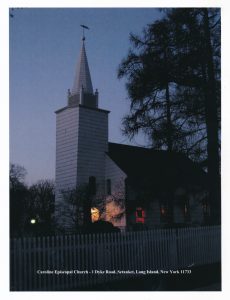
Rev. Sharon Sheridan Hausman strikes a gardening metaphor in her piece, referencing growth in “vines,” “seeds,” and “root.” Colleen Cash-Madeira opens with the Swedish saying, “Even the devil gets religion in old age.” The twenty-nine-year-old then discusses church attendance as “exposure to a set of tools: faith, hope, compassion, community.”
Tyler gives an in-depth but concise history of the inception of Caroline Church. In “How It All Began,” he starts at the end of the seventeenth century and continues through 1730.
Cleverly, the author has inserted a timeline ribbon across the top of each page. He begins on April 14, 1655, with the English settlement of the town of Setauket. The entries culminate in 2021, with the installation of Rev. Griffith; Camp DeWolfe’s celebration of its seventy-fifth anniversary (2022); and the church’s marking of its third century (2023).
And like with all of Tyler’s previous works, the book is replete with hundreds of photos as well as historical paintings and sketches. The images alone carry much of the church’s story. The last page is particularly fascinating: a re-imagined eighteenth-century prayer service, shown in six photos, including video projections.
Perhaps the best summation is in Henry Hull’s final couplets of An Ode to Caroline Church:
So here’s to the Clergy and Vestries, too
They have led all the flocks of communicants who
Have passed through the portal of dear Caroline
And have lived, loved and learned in a way most divine.
Copies of the book are available for sale at the Caroline Episcopal Church office, 1 Dyke Road, Setauket. For more information, please call 631-941-4245.


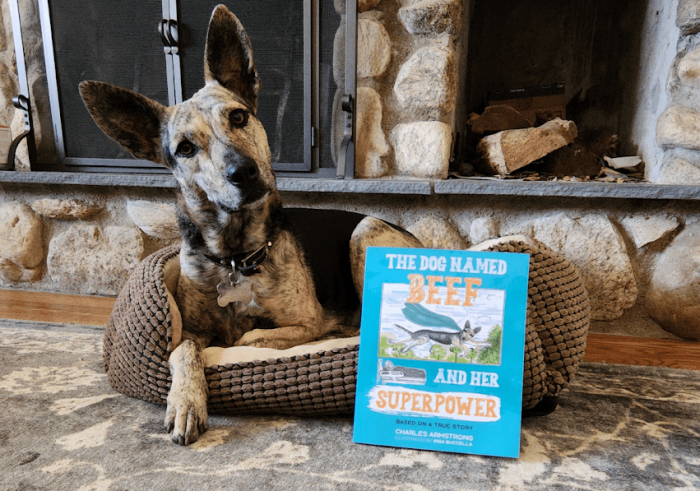

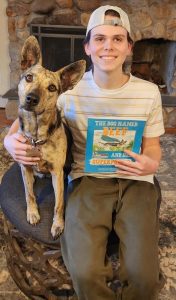
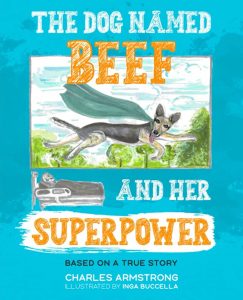 Did you have pets growing up?
Did you have pets growing up?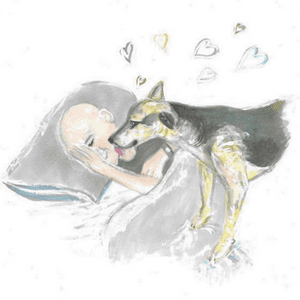 Why did you decide to write a book about your experience?
Why did you decide to write a book about your experience?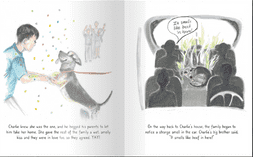 What was it like for you when the book arrived?
What was it like for you when the book arrived?

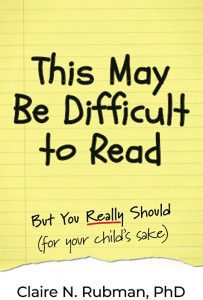 To create the need to read, we need to better understand how children process information. “Children are not little adults.
To create the need to read, we need to better understand how children process information. “Children are not little adults.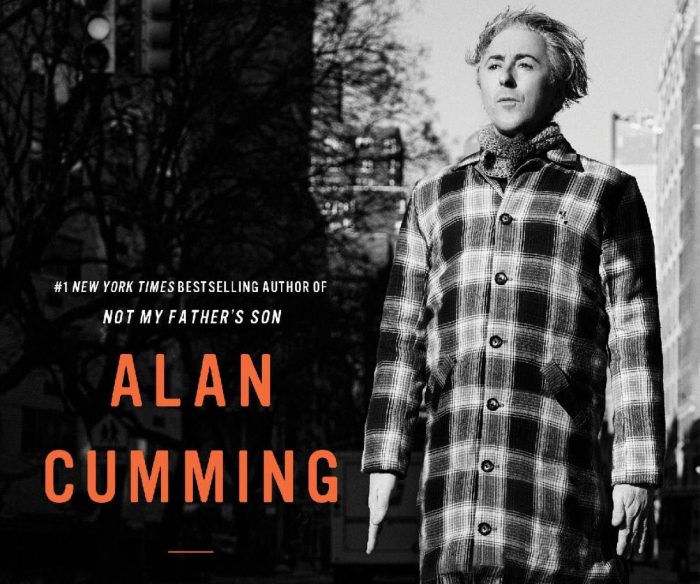
 In addition, Cumming is a director, an LGBTQ+ activist, and a gifted writer. Unlike many celebrities who have found their way onto the printed page via “as told to” or ghosted autobiographies, Cumming’s first work was the novel Tommy’s Tale (2002). The book was a darkly comic and highly revealing roman a clef. He followed this with a fascinating and complicated look at his relationship with his abusive father, Not My Father’s Son (2014), directly resulting from his appearance on the genealogy show Who Do You Think You Are?
In addition, Cumming is a director, an LGBTQ+ activist, and a gifted writer. Unlike many celebrities who have found their way onto the printed page via “as told to” or ghosted autobiographies, Cumming’s first work was the novel Tommy’s Tale (2002). The book was a darkly comic and highly revealing roman a clef. He followed this with a fascinating and complicated look at his relationship with his abusive father, Not My Father’s Son (2014), directly resulting from his appearance on the genealogy show Who Do You Think You Are?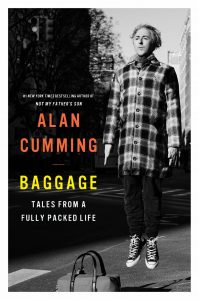 Unflinching accounts of partying are juxtaposed with revelations about his family and those closest to him. Whenever possible, he praises his artistic collaborators. He reserves overwhelming gratitude for friends who have stood by him in dark times. He shares his joy and appreciation for meeting his husband, Grant Shaffer. (Cumming discusses the difficulties of his first marriage to actor Hilary Lyon, with whom he planned on having children.)
Unflinching accounts of partying are juxtaposed with revelations about his family and those closest to him. Whenever possible, he praises his artistic collaborators. He reserves overwhelming gratitude for friends who have stood by him in dark times. He shares his joy and appreciation for meeting his husband, Grant Shaffer. (Cumming discusses the difficulties of his first marriage to actor Hilary Lyon, with whom he planned on having children.)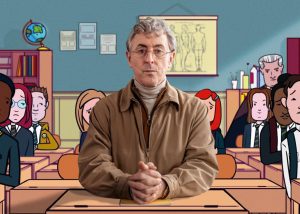

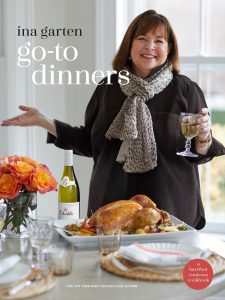 “I love you, come for dinner! Isn’t that invitation we all want to hear? It promises an evening of good food, warm conversations, and the chance to share our lives with family and close friends.” The wonderful Ina Garten, best known as The Barefoot Contessa, opens her excellent new cookbook, Go-To Dinners (Penguin Random House/Clarkson Potter), with this call to celebration. Leading with community, she addresses the power of connection that meals bring.
“I love you, come for dinner! Isn’t that invitation we all want to hear? It promises an evening of good food, warm conversations, and the chance to share our lives with family and close friends.” The wonderful Ina Garten, best known as The Barefoot Contessa, opens her excellent new cookbook, Go-To Dinners (Penguin Random House/Clarkson Potter), with this call to celebration. Leading with community, she addresses the power of connection that meals bring.

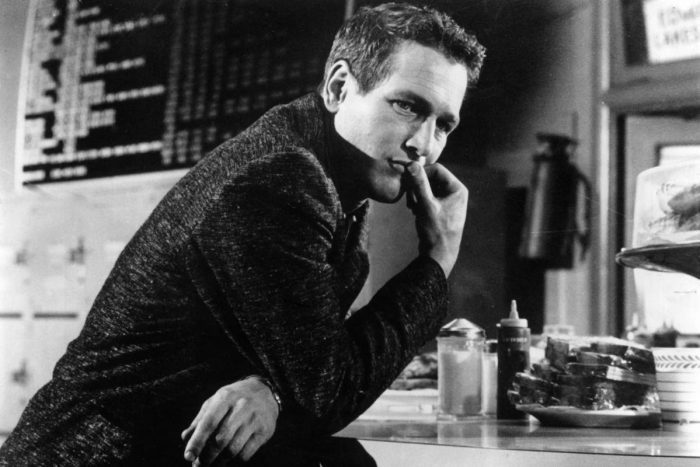
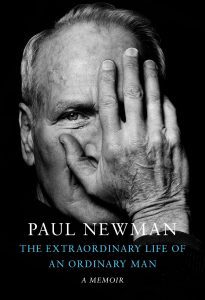 David Rosenthal has compiled and edited the chronicle into The Extraordinary Life of an Ordinary Man (Knopf Doubleday). Presented as Newman’s memoir, Rosenthal intersperses Newman’s very personal perspective with the additional interviews. The intense, riveting work reflects a man of fascinating contradictions whose legacy lives on in cinematic history and far-reaching philanthropy. Newman’s daughter, Melissa, describes the book as “… a sort of self-dissection, a picking a part of feelings, motives, and motivations, augmented by a Greek chorus of other voices and opinions, relatives, navy buddies, and fellow artists. One overriding theme is the chronic insecurity which will be familiar to so many artists. Objectivity is fickle.”
David Rosenthal has compiled and edited the chronicle into The Extraordinary Life of an Ordinary Man (Knopf Doubleday). Presented as Newman’s memoir, Rosenthal intersperses Newman’s very personal perspective with the additional interviews. The intense, riveting work reflects a man of fascinating contradictions whose legacy lives on in cinematic history and far-reaching philanthropy. Newman’s daughter, Melissa, describes the book as “… a sort of self-dissection, a picking a part of feelings, motives, and motivations, augmented by a Greek chorus of other voices and opinions, relatives, navy buddies, and fellow artists. One overriding theme is the chronic insecurity which will be familiar to so many artists. Objectivity is fickle.”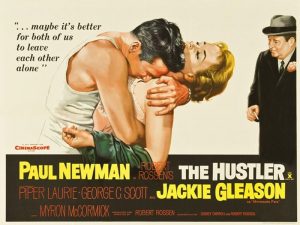 As a tribute to Paul Newman, the Cinema Arts Centre, 423 Park Ave., Huntington will host a special event celebrating the publication of The Extraordinary Life of an Ordinary Man on Monday, Nov. 28 at 7 p.m. The evening will feature a screening of Newman’s most enduring film, the 1961 sports drama The Hustler followed by a discussion with Paul Newman’s daughter, Melissa Newman. Tickets are $43 for film and discussion; $25 for the film only. To order, visit
As a tribute to Paul Newman, the Cinema Arts Centre, 423 Park Ave., Huntington will host a special event celebrating the publication of The Extraordinary Life of an Ordinary Man on Monday, Nov. 28 at 7 p.m. The evening will feature a screening of Newman’s most enduring film, the 1961 sports drama The Hustler followed by a discussion with Paul Newman’s daughter, Melissa Newman. Tickets are $43 for film and discussion; $25 for the film only. To order, visit 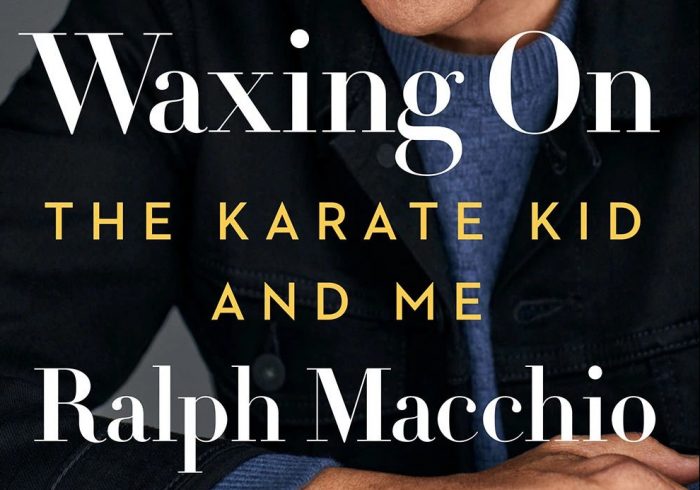
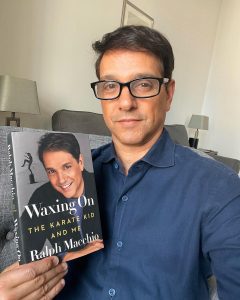
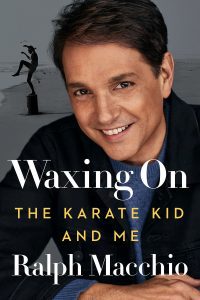 Morita, in particular, is singled out for his contribution. At the time, the actor was best known as a stand-up comedian and for his stint as Arnold on Happy Days. During his audition, Morita introduced the famous hachimaki (headscarf), explaining its significance. Along with the crane, the cloth became one of the film’s most memorable images. Eventually, Morita won the role of the Okinawan sensei, garnering an Academy Award nomination for Best Supporting Actor.
Morita, in particular, is singled out for his contribution. At the time, the actor was best known as a stand-up comedian and for his stint as Arnold on Happy Days. During his audition, Morita introduced the famous hachimaki (headscarf), explaining its significance. Along with the crane, the cloth became one of the film’s most memorable images. Eventually, Morita won the role of the Okinawan sensei, garnering an Academy Award nomination for Best Supporting Actor.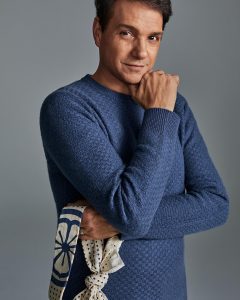 He writes candidly about the 2010 remake, the How I Met Your Mother appearances, and the YouTube The Karate Kid: Daniel is the REAL Bully. He acknowledges these and other cultural moments kept the characters alive.
He writes candidly about the 2010 remake, the How I Met Your Mother appearances, and the YouTube The Karate Kid: Daniel is the REAL Bully. He acknowledges these and other cultural moments kept the characters alive.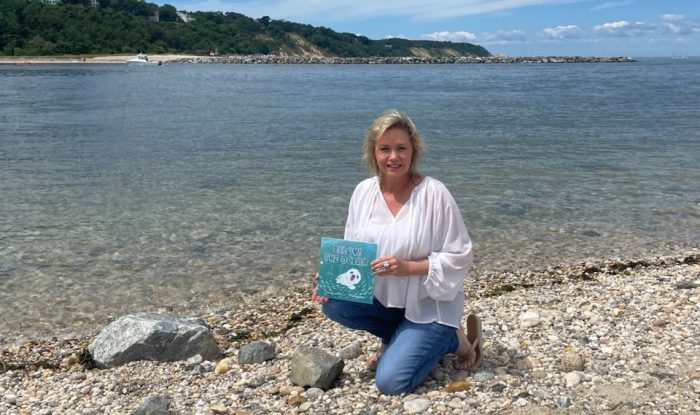
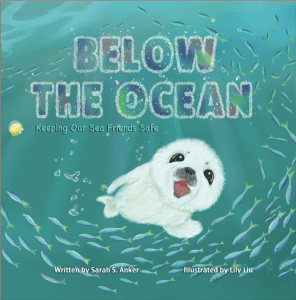 “You have to be careful with nature, because once you lose it, it’s really hard to get back,” said Anker. “And we’re seeing so much of that loss all over the world, not only in woodland but in wildlife.”
“You have to be careful with nature, because once you lose it, it’s really hard to get back,” said Anker. “And we’re seeing so much of that loss all over the world, not only in woodland but in wildlife.”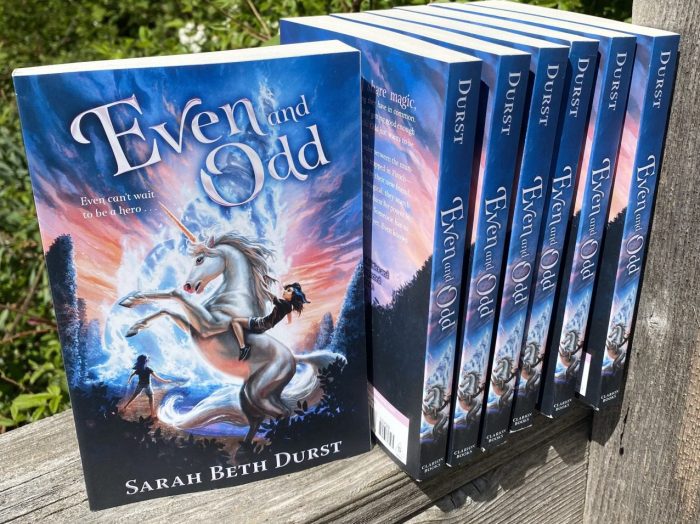

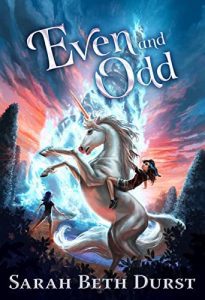 The Berry family runs a border shop, “close to the gateway between worlds,” serving the magical community when its members are in the mundane world. In addition to supplies, it is a source of information. For example, visitors “from Firoth could ask basic questions, such as ‘What is an airplane, and is it going to eat me?” The local gateway is behind Fratelli’s Express Bagel, owned by a wizard who looks like “a carb-and-cream-cheese-bearing Santa Claus.”
The Berry family runs a border shop, “close to the gateway between worlds,” serving the magical community when its members are in the mundane world. In addition to supplies, it is a source of information. For example, visitors “from Firoth could ask basic questions, such as ‘What is an airplane, and is it going to eat me?” The local gateway is behind Fratelli’s Express Bagel, owned by a wizard who looks like “a carb-and-cream-cheese-bearing Santa Claus.”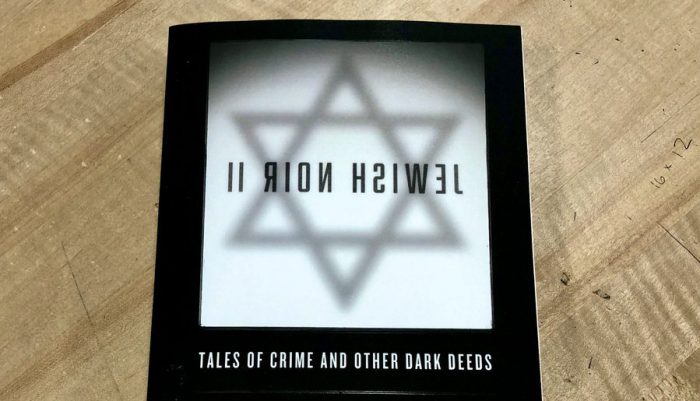
 As indicated by the title, the over-arching element is Judaism. But the editors offer a range of perspectives, from religious to cultural. Some stories feature Jewish identity at their core; in others, the elements remain peripheral. In an age steeped in fear and a global rise in antisemitism, many of these short pieces — subtly and directly — address the toxicity embroiled therein. Osman indicates in the introduction, “What I do know is that this anthology is important. And the stories in this book apply to everyone.”
As indicated by the title, the over-arching element is Judaism. But the editors offer a range of perspectives, from religious to cultural. Some stories feature Jewish identity at their core; in others, the elements remain peripheral. In an age steeped in fear and a global rise in antisemitism, many of these short pieces — subtly and directly — address the toxicity embroiled therein. Osman indicates in the introduction, “What I do know is that this anthology is important. And the stories in this book apply to everyone.”


